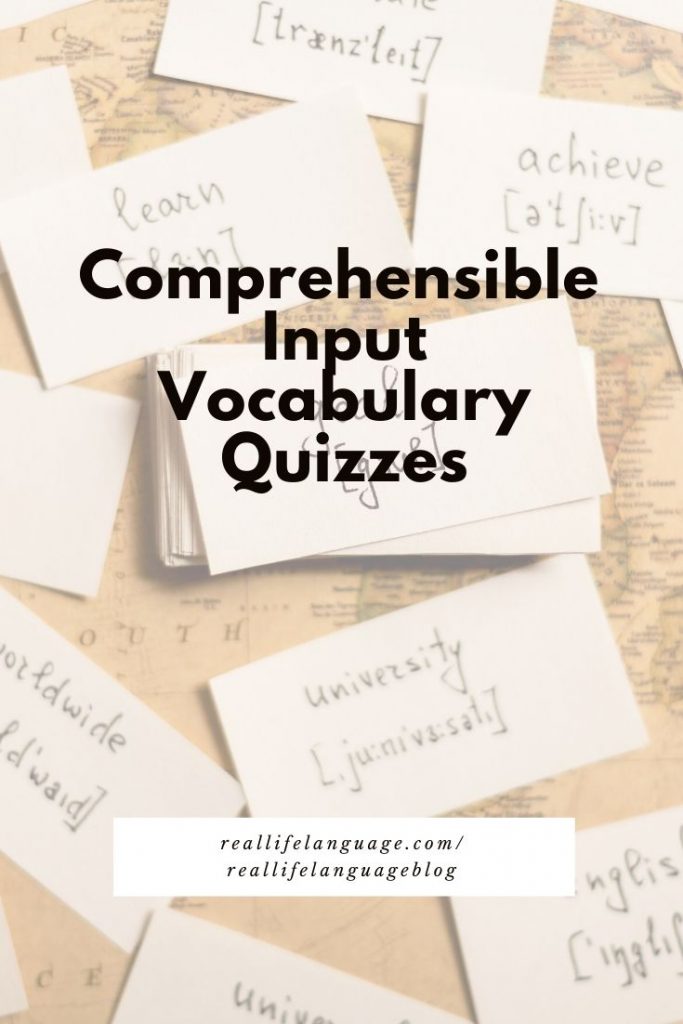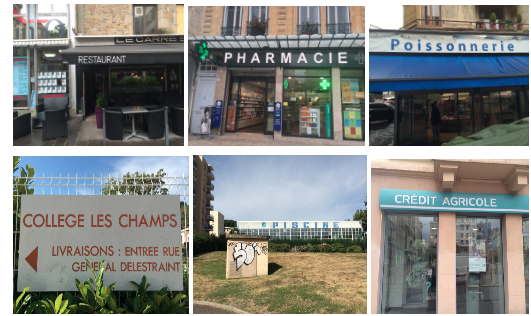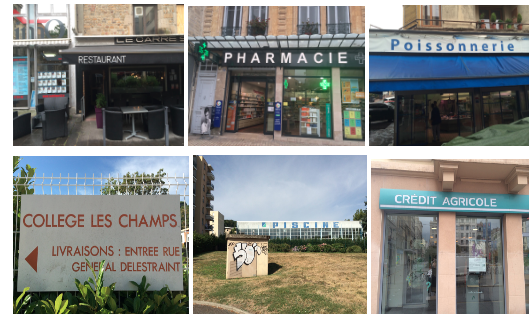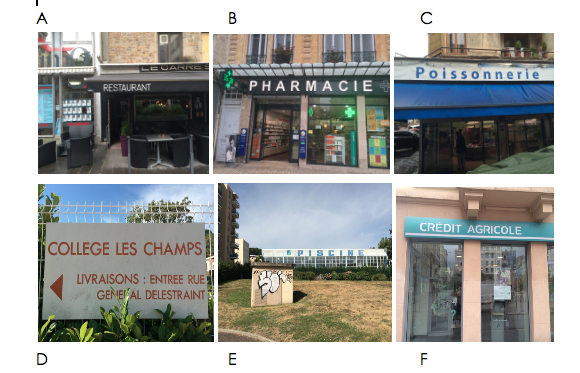
Comprehensible Input Vocab Quizzes
Comprehensible Input vocab assessments are the perfect way to begin teaching a language to novice students. They learn how to listen, speak, read, and then finally write-the skill we master last.
Select six to eight words from the group of words you’d like to teach. Get the visuals for each.

Start with a listening activity. Say the word as you point to the picture. Use some adhesive and put that visual on the board.
La piscine
Select six words for the comprehensible input quiz. Here are my six.

Now, take out another word, doing the same thing, eventually putting the visual on the board. I like to use simple TL responses as yes or no. Thumbs up or down works well, too.
Le restaurant
Teach the difference between these two words. Students might identify and point, showing that they understand the word. Perhaps walking up to the board or giving some kind of symbol will work better for you. I think it is good to give students movement. Some will like that, some not.
Keep adding words like this one at a time and have them show you in an active way that they understand.
Next, students take out paper. You will write letters, one underneath each visual you have put on the board. You will write one letter and a number in a space for the words you’ve done. If you have six words, it will be one through six. If you have eight words it will be one through eight, etc..
The students write these down on their paper as well. Now is the listening quiz, and they will show you that they understand the new words. You will say a word and they will write the letter next to the number. For example if your second picture is la maleta you have the letter B under it. And you say for number one, la maleta they will write down B in the space.

Here is the order of what is said in this quiz:
- (i.e. la piscine E)
- (i.e. le restaurant A)
- (i.e. la banque F)
- (i.e. le college D)
- (i.e. la pharmacie B)
- (i.e. la poissonerie C)
Go through until you’ve done all the words. You write down the key as they go through the quiz. You then grade it together.
The second quiz is reading. Erase the answers that you wrote.
You will now write down the words next to the spaces.
Student papers should look like this:
Part 2
- La pharmacie B
- La banque F
- Le college D
- La poissonnerie C
- Le restaurant A
- La piscine E
Part 3 They now write the words.

- Le restaurant
- La pharmacie
- La poissonnerie
- Le college
- La piscine
- La banque
Write down the letters and the students should do their best to write the word.
Again, you’re going to go through and correct it together. In the end, they will learn the words solidly. It only takes a few minutes a day. Students will easily master these words.
I also like to use this method to teach the rough spots. I do these before teaching any explicit verb conjugations. It makes a world of difference. Students also get to naturally absorb subject/verb agreement.
I firmly believe that explicit grammar instruction is essential, but also believe that you can’t lead with it. You must start with lots of CI and examples. When you get to the explanation, they are more than ready to understand. You will get a few that can easily explain the rules.
I generally like to choose these for the rough spots, like when we start conjugating verbs.
I like to introduce verb conjugations using these comprehensible input quizzes and write sentences that correspond. I also let the first few quizzes be practice for the writing part. After they have had adequate practice, I include this part in their grade.
Another rough spot I like to use these types of quizzes for is adjective/noun agreement. Here are some sentences included in my descriptions bundle:
Vocab for quizzes:
Él es alto.
Ellos son altos.
Él es guapo.
Ella es alta.
Ella es es baja.
Ella es alta.
Él es pequeño.
Ella es pequeña.
Ella es guapa.
Ellos son guapos.
Ellas son guapas.
Él es feo.
Ella es fea.
Ellos son feos.
Él es joven.
Ella es joven.
Ellas son jóvenes.
Él es viejo.
Ella es vieja.
Ellos son viejos.
Él es delgado.
Ella es delgada.
Ellas son delgadas.
Ellos son delgados.
Ella es rubia.
Él es rubio.
Ellas son rubias.
Él es moreno.
Ellos son morenos.
Looking for more? These lesson plan bundles have all that you need to teach themed vocabulary using these methods.
https://www.teacherspayteachers.com/Store/Real-Life-Language
Want to empower students to learn any set of vocabulary they want? Check out these resources.
Want to create your own? All you need is language and some visuals. Here are some places to get photos for your comprehensible input quizzes:
Looking for more ideas? Check these out here: http://reallifelanguage.com/reallifelanguageblog/2019/09/23/world-language-lessons/